Christmas Island Red Crab Behavior in 2024: An Extraordinary Natural Phenomenon
Related Articles: Christmas Island Red Crab Behavior in 2024: An Extraordinary Natural Phenomenon
- Christmas Images GIF 2024: A Festive Collection To Spread Holiday Cheer
- Christmas Images Gift 2024: Share The Joy And Festivity
- Christmas In Killarney Lyrics 2024: A Journey Through The Enchanting Town
- Christmas Images With Jesus: A Visual Celebration Of The Nativity
- Christmas Images Ocean 2024: A Journey Into The Depths Of Holiday Cheer
Introduction
With enthusiasm, let’s navigate through the intriguing topic related to Christmas Island Red Crab Behavior in 2024: An Extraordinary Natural Phenomenon. Let’s weave interesting information and offer fresh perspectives to the readers.
Table of Content
Video about Christmas Island Red Crab Behavior in 2024: An Extraordinary Natural Phenomenon
Christmas Island Red Crab Behavior in 2024: An Extraordinary Natural Phenomenon

Introduction
Christmas Island, a remote Australian territory located in the Indian Ocean, is renowned for its unique natural wonders, including its iconic red crabs (Gecarcoidea natalis). Every year, during the wet season, millions of these vibrant crustaceans embark on an extraordinary migration to the coast to spawn. This remarkable spectacle, known as the Christmas Island Red Crab Migration, attracts nature enthusiasts and researchers from around the world. In 2024, the migration is anticipated to occur between October and December, offering a captivating opportunity to witness this incredible natural phenomenon.
Life Cycle and Migration
Christmas Island red crabs spend most of their lives in the island’s lush rainforests, feeding on decaying plant matter and fallen fruits. They typically reach sexual maturity at around four to five years of age. When the wet season approaches, usually in October or November, the crabs undergo a physiological transformation that triggers their migration to the coast.
The migration is a highly coordinated event, with crabs from all over the island converging on the coastline. They travel in massive groups, forming a crimson tide that can stretch for kilometers. The crabs navigate using a combination of celestial cues, such as the moon and stars, and chemical signals left by other crabs.
Mating and Spawning
Upon reaching the coast, the crabs congregate in shallow waters along the beaches. The males engage in elaborate courtship rituals, waving their claws and displaying their vibrant colors to attract females. Once a pair has mated, the female deposits her eggs into a burrow dug in the sand. Each female can lay up to 100,000 eggs, which are fertilized by the male.
The eggs hatch within a few weeks, and the tiny crab larvae drift in the ocean currents for several months before settling back on the island as juveniles. The entire migration and spawning cycle typically lasts for several weeks, depending on the weather conditions.
Environmental Factors
The Christmas Island Red Crab Migration is heavily influenced by environmental factors, particularly rainfall and temperature. The onset of the migration is closely linked to the first significant rainfall event of the wet season. Adequate rainfall is essential for the crabs to travel safely and for the eggs to develop successfully.
Temperature also plays a role, as the crabs are sensitive to extreme heat. If temperatures become too high, the crabs may delay their migration or even abort it altogether. In recent years, climate change has emerged as a potential threat to the migration, as it may lead to changes in rainfall patterns and increased temperatures.
Conservation and Management
The Christmas Island Red Crab Migration is a globally significant natural event that requires careful conservation and management. The Australian government has implemented strict measures to protect the crabs and their habitat, including:
- Establishing the Christmas Island National Park, which encompasses the majority of the crabs’ migration routes.
- Enforcing speed limits and constructing crab crossings on roads to minimize roadkill.
- Educating visitors and raising awareness about the importance of protecting the crabs.
Watching the Migration
Witnessing the Christmas Island Red Crab Migration is an unforgettable experience. Visitors can choose from various vantage points along the coastline, including:
- Rocky Point: One of the most popular viewing locations, offering panoramic views of the crabs’ arrival.
- Lily Beach: A quieter spot with clear waters, ideal for observing the crabs’ mating and spawning behavior.
- Flying Fish Cove: A central location with easy access to food and accommodation, allowing visitors to experience the migration from multiple perspectives.
It is important to remember that the crabs are protected by law, and visitors must not disturb them or interfere with their migration. Visitors should stay on designated trails, avoid touching or feeding the crabs, and take all rubbish with them.
Conclusion
The Christmas Island Red Crab Migration is a remarkable natural phenomenon that showcases the interconnectedness of life on Earth. It is a testament to the resilience and adaptability of these extraordinary creatures and highlights the importance of protecting our planet’s biodiversity. By observing the migration with respect and awe, we can appreciate the beauty and fragility of the natural world and inspire future generations to conserve it.
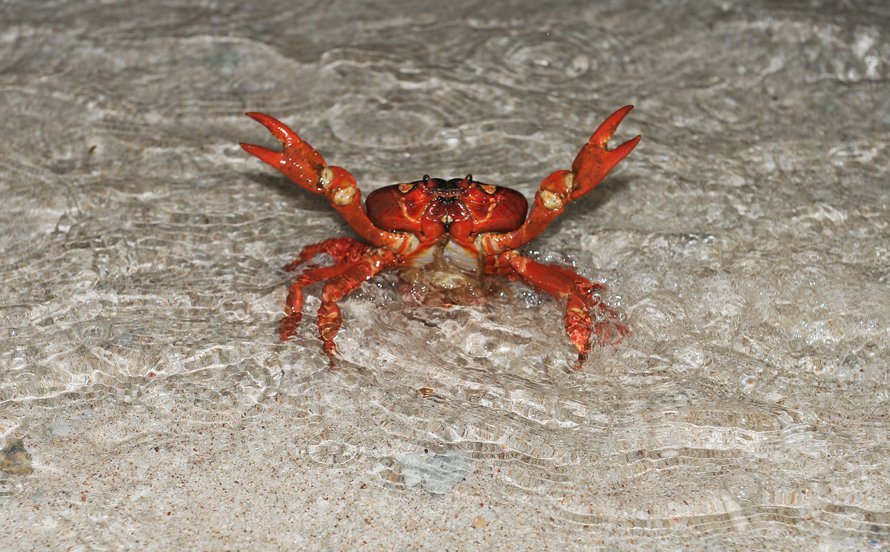
:max_bytes(150000):strip_icc()/GettyImages-144804688-9f690c3f0e0e4590b2d3a9212b08cdc5.jpg)
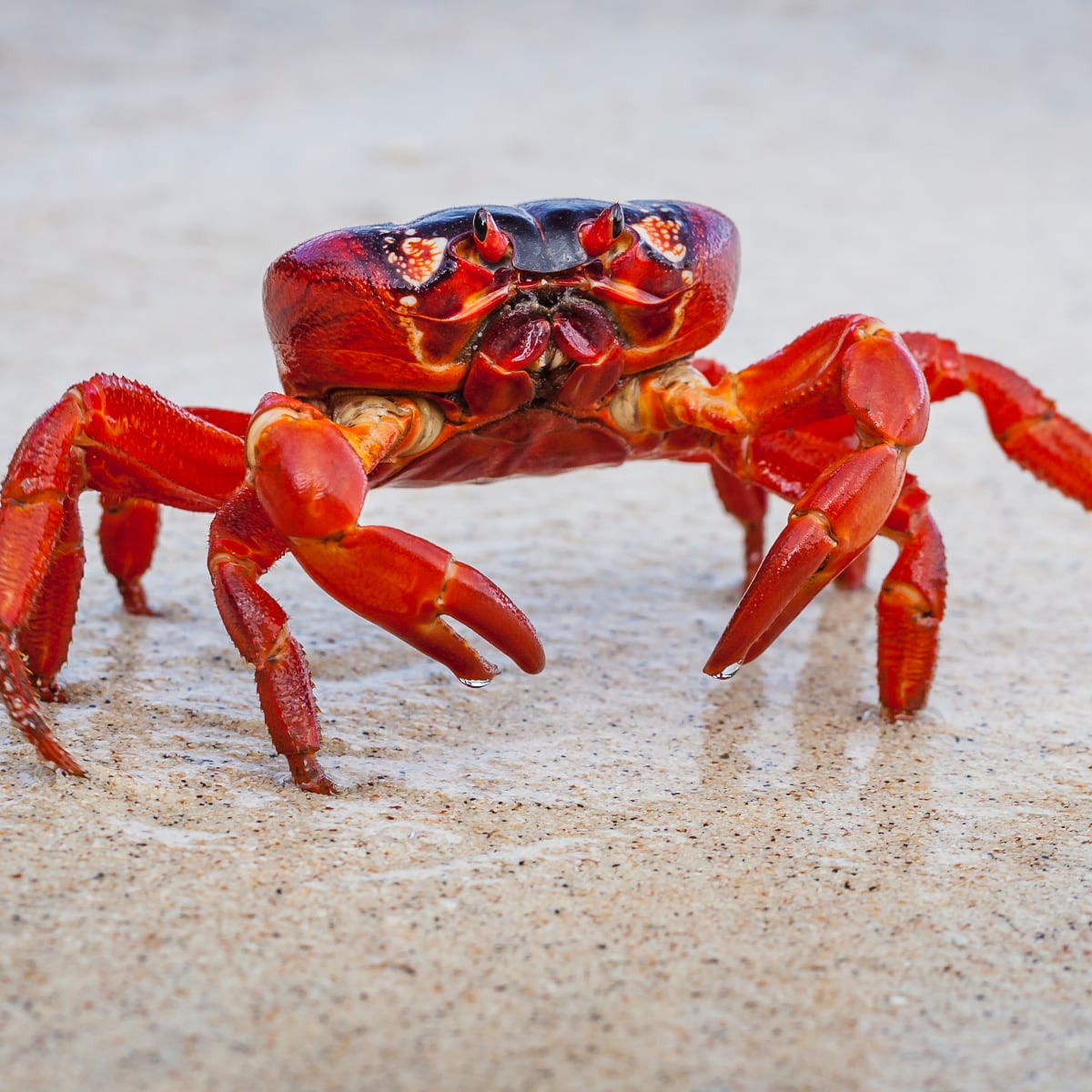

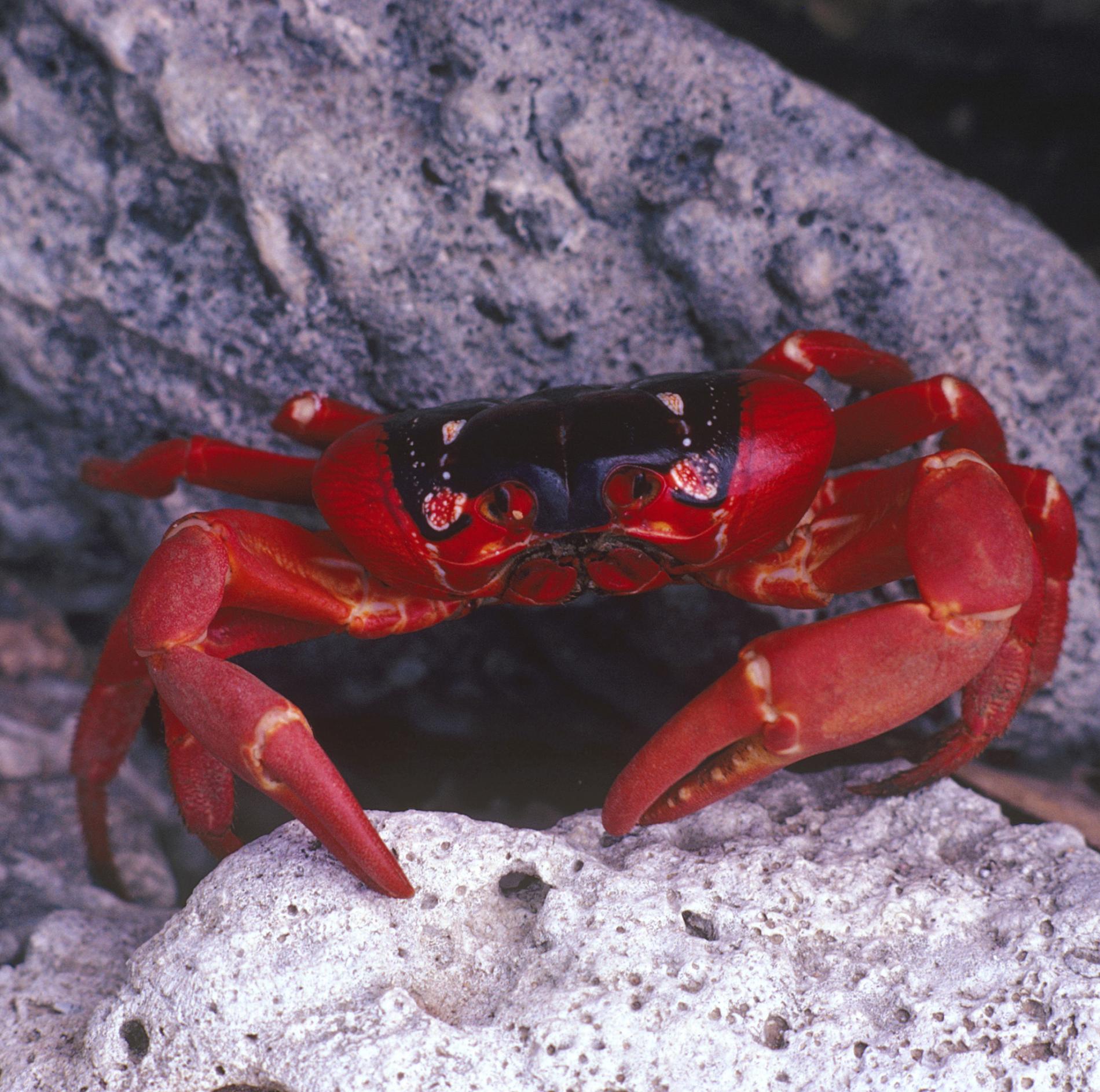
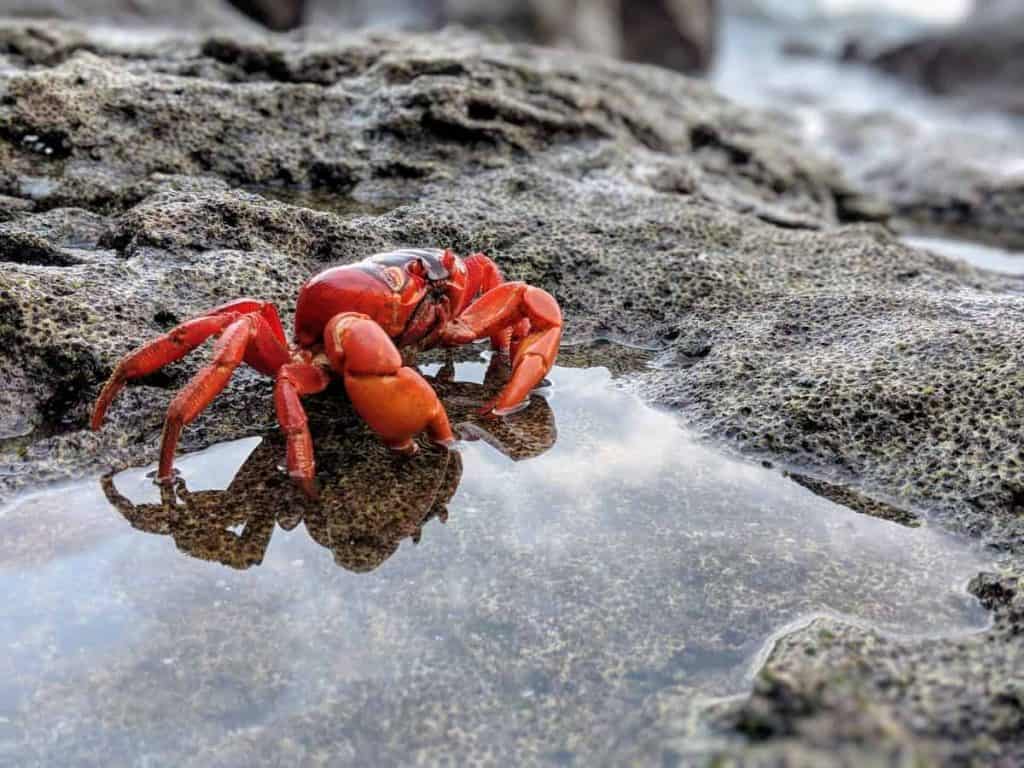
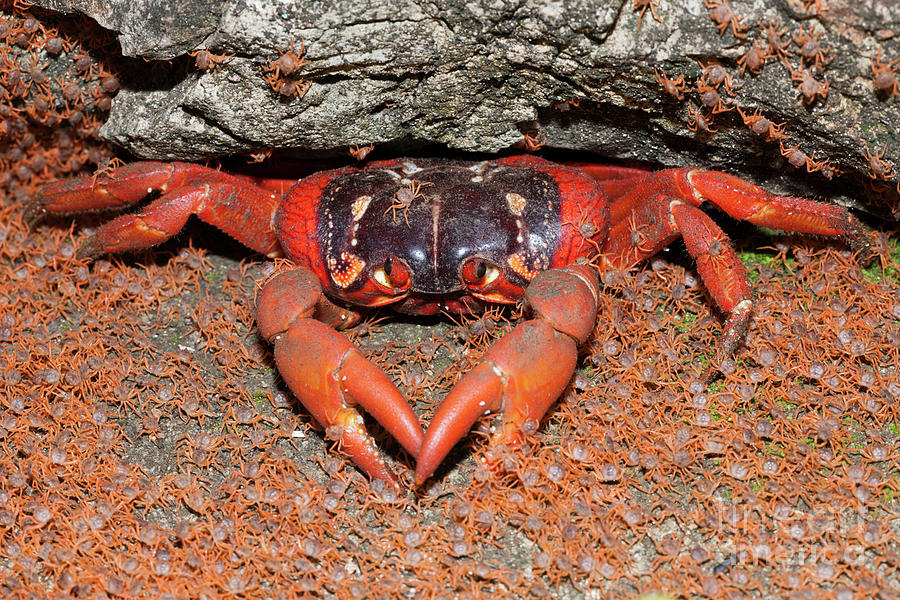

Closure
Thus, we hope this article has provided valuable insights into Christmas Island Red Crab Behavior in 2024: An Extraordinary Natural Phenomenon. We thank you for taking the time to read this article. See you in our next article!
